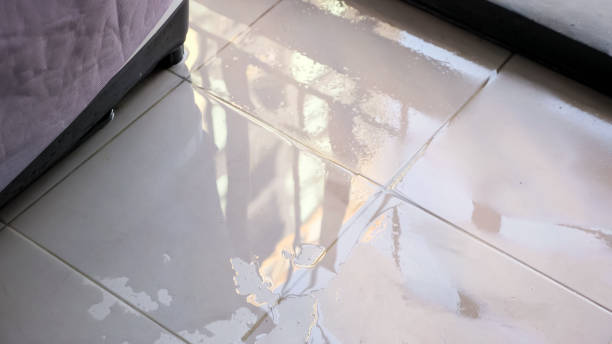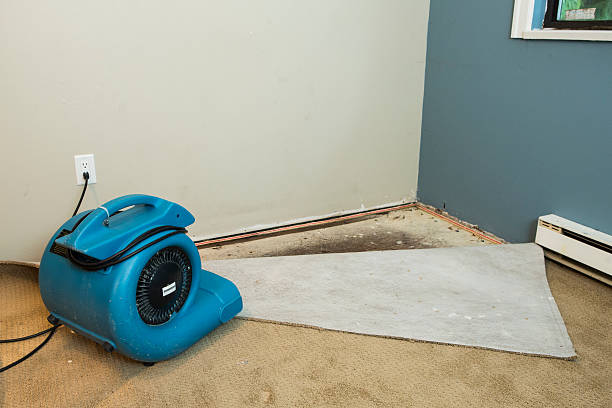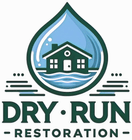To address the immediate aftermath of water damage, the priority should be to ensure safety, stop the water source, remove the standing water, and dry the area to prevent further damage and mold growth. Documenting the damage for insurance claims is also crucial. For extensive flooding, a water damage restoration company can handle all the issues and water extraction processes efficiently. Dry Run Restoration provides fast and reliable water damage restoration services for your property, getting you back to normal life fast, restoring your peace of mind.
Immediate Steps to Manage Water Damage in Your Home
Are you devastated by the water damage caused by a pipe burst in your home? Whether you are feeling overwhelmed by the havoc caused by floods or any emergency sewage damage, promptly addressing issues can help to recover your property from the sudden loss. Knowing what steps to take after water damage can minimize harm. Consider hiring a water damage professional for more extensive damage.

Below are some of the key steps every homeowner should be aware of to tackle water damage.
- Prioritize safety
Before starting any restoration work, it is essential to take safety precautions for the protection of your family and yourself. Wear protective gear and assess for any safety hazards like electrocution or structural instability. Evacuate the area and contact professionals if you’re unsure.
Turn off utilities: Shut down the water source if possible, and turn off electricity and gas to prevent any further damage or hazard.
Stop the leak: If the source is accessible, try to stop the water flow. Contact the plumber if necessary. Modern automatic leak detection systems are ideal for residential and commercial buildings to prevent extensive water damage.
- Remove standing water and begin drying
Use buckets, towels, mops, or a wet/dry vacuum to extract water from floors and other surfaces. You may require a commercial vacuum if there is an excessive amount of water indoors. Wear proper PPE when managing category 2 and 3 water.

| Category 1 water | Sourced from a sanitary source, poses no risks to human health. |
| Category 2 water | Leaks from drain pipes or washing machine overflows can cause sickness. |
| Category 3 water | Contaminated sewage or flood waters are hazardous to health. |
Dry affected areas: Open windows and doors to promote ventilation if the weather permits, and use fans and dehumidifiers to accelerate the drying process to prevent mold growth.
Move salvageable items: Move furniture, carpets, and other belongings from the affected area to prevent further damage and allow for proper drying.
Consider professional help: For extensive water damage, like from floods or sewage overflow, consider hiring professional water damage restoration services to extract water and dry out your home effectively using industrial-grade equipment.
- Clean and sanitize the area
Using proper cleaning solutions, thoroughly clean every item and surface that has come into contact with water.
Sanitize the affected areas: It is essential to disinfect all the areas to prevent mold and bacterial growth. Pay special attention to the areas that have remained submerged in water for a long period.
Discard damaged items: Dispose of items that can’t be cleaned or sanitized, like the drywall, insulation, or rugs.
- Document the damage and contact your insurance
Take photos and videos of the damage to document the extent of the damage for insurance purposes.
Contact insurance: Notify your insurance company of the extent of the damage as soon as possible to start the claims process.
Get a professional assessment: You can also get a professional assessment of the damage to help with the insurance claims and the restoration process.
| Fast factStandard homeowners insurance typically does not cover flood damage, but it does cover sudden or accidental water damage like burst pipes. |
- Address repairs and reconstructions
Assess the extent of the damage after cleaning and drying, and identify the areas that require repairs or reconstruction.
Hire professionals: Hire experienced and qualified contractors to ensure proper repairs if you require them to prevent future issues.
Monitor for mold: Monitor the restoration process and keep a close watch for mold growth after the initial cleanup. Address it quickly and hire professional water damage restoration services to restore your property and your peace of mind.
| Did you know?Over 40% of flood insurance claims come from areas not considered high risk for flooding. |
Conclusion
A water damage restoration checklist includes following the safety precautions, extracting standing water, drying the area, and cleaning and sanitizing every surface in the end to restore the glory of your home.
Hiring professional water damage restoration services helps determine the extent and severity of the damage for insurance claims and future repairs.
FAQs
1. What should I do first after water damage occurs?
Prioritize safety, shut off utilities, and stop the water source immediately.
2. When should I call a professional water damage restoration company?
Call experts when there’s extensive flooding, sewage backup, or structural concerns.
3. Can I stay in my home during water damage cleanup?
Only if it’s safe—evacuate in case of contamination, mold, or electrical hazards.
4. How can I prevent mold after water damage?
Start drying immediately with fans and dehumidifiers to reduce moisture buildup.
5. Does homeowners insurance cover water damage?
It covers sudden incidents like pipe bursts, but usually not flood-related damage.
